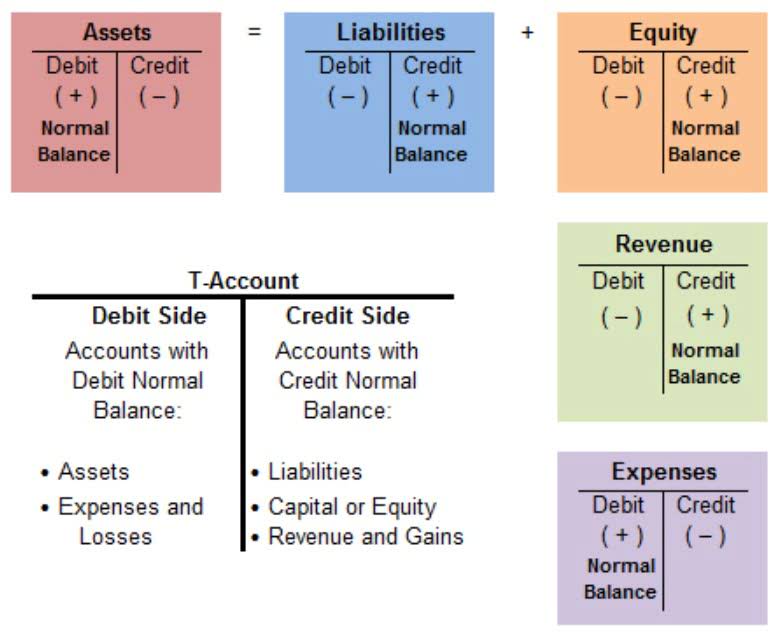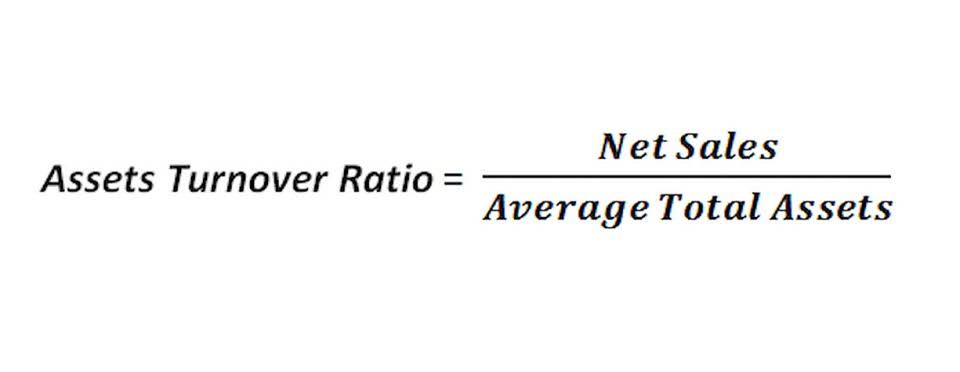Also, our system does not always provide an easy way to book the adjustment with such detail. IFRS requires applying the same assumptions and formula for the NRV calculation of similar items, while US GAAP has no such stipulation. Therefore, the Net realizable value of the accounts receivable is $4,500. Calculating the net realizable value involves a straightforward process that ensures assets are valued correctly.
- Market value refers to the asset’s current replacement cost, and it has a defined ceiling and floor, although the floor can be subjective.
- Is it worth it to hold on to that equipment or would you be better off selling it?
- The Net Realizable Value (NRV) is the profit realized from selling an asset, net of any estimated sale or disposal costs.
- The formula for calculating net realizable value (NRV) is the difference between the expected sale price and the total sale or disposal costs.
- This is often reduced by product returns or other items that may reduce gross revenue.
- Listed below is a series of steps that one must consider for a reliable NRV analysis.
Evidence after the reporting period
If the market value of the inventory is unknown, the net realizable value can be used as an approximation of the market value. NRV helps business owners and accountants understand the true value of an asset. The conservative principles involved in the calculation prevent the overstatement of assets. It also allows for the conservative and appropriate recording of assets for a business. Calculating the NRV of inventory and accounts receivable regularly prevents overstatement of assets in the Balance Sheet and helps us conform with the conservatism principle. Employing the NRV method is a way to evaluate inventory and accounts receivable while applying conservatism and following the accounting standards’ stipulations.
Controller’s Guide to a Stress-Free Month-End Close
As we usually perform such analysis later in the next year, let’s assume we are now at the end of Q1 of 2021. This means that instead of estimating sales prices and looking into pricing lists (which many companies don’t have), we can take as reference the actual sales in the period between 31 December 2020 and 31 March 2021. Gross A/R represents the total amount that is owed to a company by its customers for goods or services sold on credit. NRV, on the other hand, is the estimated portion of receivables that the company actually expects to collect, after accounting for potential bad debts or uncollectible amounts. Net realizable value for inventory is the estimated selling price of inventory in the ordinary course of business, minus the estimated costs of completion and sale.
- Let’s say that Illumination Company, a business that sells light fixtures, has a gross A/R of $500,000 at the end of the year.
- The net realizable value (NRV) is an accounting method to appraise the value of an asset, namely inventory and accounts receivable (A/R).
- As an accounting principle, Accounting Conservatism simply states that an accountant of a company should always choose the less favorable outcome.
- In effect, companies are prevented from overstating the value of their inventory, which reduces the risk of misleading investors.
- We have helped accounting teams from around the globe with month-end closing, reconciliations, journal entry management, intercompany accounting, and financial reporting.
- In the Balance Sheet of the company, the accounts that will have the highest possibility of overstating the assets is the Inventory and the Accounts Receivable.
How to calculate cash realizable value?
Both GAAP and IFRS require us to consider the net realizable value of inventory for valuation purposes. Under GAAP, inventories are measured at lower of cost or market provided that the market value must not exceed the NRV of inventory. Net realizable value is an essential tool in accounting, ensuring that asset values are reported accurately and conservatively. By incorporating NRV, businesses can maintain compliance with accounting standards, make informed decisions, and provide stakeholders with a realistic view of their financial health. Despite its advantages, calculating NRV can be complex and time-consuming, requiring precise estimates and regular adjustments due to market fluctuations.
- However, if an entity foresees it won’t recover the cost of finished products, then the materials are written down to their NRV, potentially using the replacement cost as a base (IAS 2.32).
- Other times NRV is used by accountants to make sure an asset’s value isn’t overstated on the balance sheet.
- Once you’ve learned how to calculate the net realizable value of accounts receivable, you’ll know it can offer numerous benefits for your business, primarily in the areas of financial reporting and decision-making.
- Gross A/R represents the total amount that is owed to a company by its customers for goods or services sold on credit.
- This prevents the value of the item(s) from being overstated on financial statements.
- For example, if gross receivables are $100,000 and doubtful accounts are $10,000, the NRV of receivables is $90,000.
- In this comprehensive guide, we’ll delve deep into the NDVI formula, its applications, and how it’s revolutionizing modern farming practices.
When a company determines that a particular debt cannot be collected, it reduces both A/R and the doubtful-accounts allowance by the amount of the bad debt. When it does so, it reports an expense for the amount added to the allowance. As our NRV Issues column shows the difference between prices only when the cost exceeds the selling price, we can calculate our NRV Adjustment net realizable value Value by multiplying it with the quantity as of 31 December 2020. Our AI-powered Anomaly Management Software helps accounting professionals identify and rectify potential ‘Errors and Omissions’ throughout the financial period so that teams can avoid the month-end rush. The AI algorithm continuously learns through a feedback loop which, in turn, reduces false anomalies.
Accounting for Net Realizable Value
It is important to note that we might have some ‘good’ items offset the effect of such with NRV issues by doing so. There are no additional guides to separate inventory into groups, other than the items having to be similar. What this means is a matter of professional judgment and solid knowledge of the business. US GAAP refers to a different term, stipulating we have to show assets at the lower of cost and market value. Market value refers to the asset’s current replacement cost, and it has a defined ceiling and floor, although the floor can be subjective. This means that it expects to collect $90,000 out of the $100,000 currently owed to the company.
Accounting Records
She holds a Masters Degree in Professional Accounting from the University of New South Wales. Her areas of expertise include accounting system and enterprise resource planning implementations, as well as accounting business process improvement and workflow design. Jami has collaborated with clients large and small in the technology, financial, and post-secondary fields.








